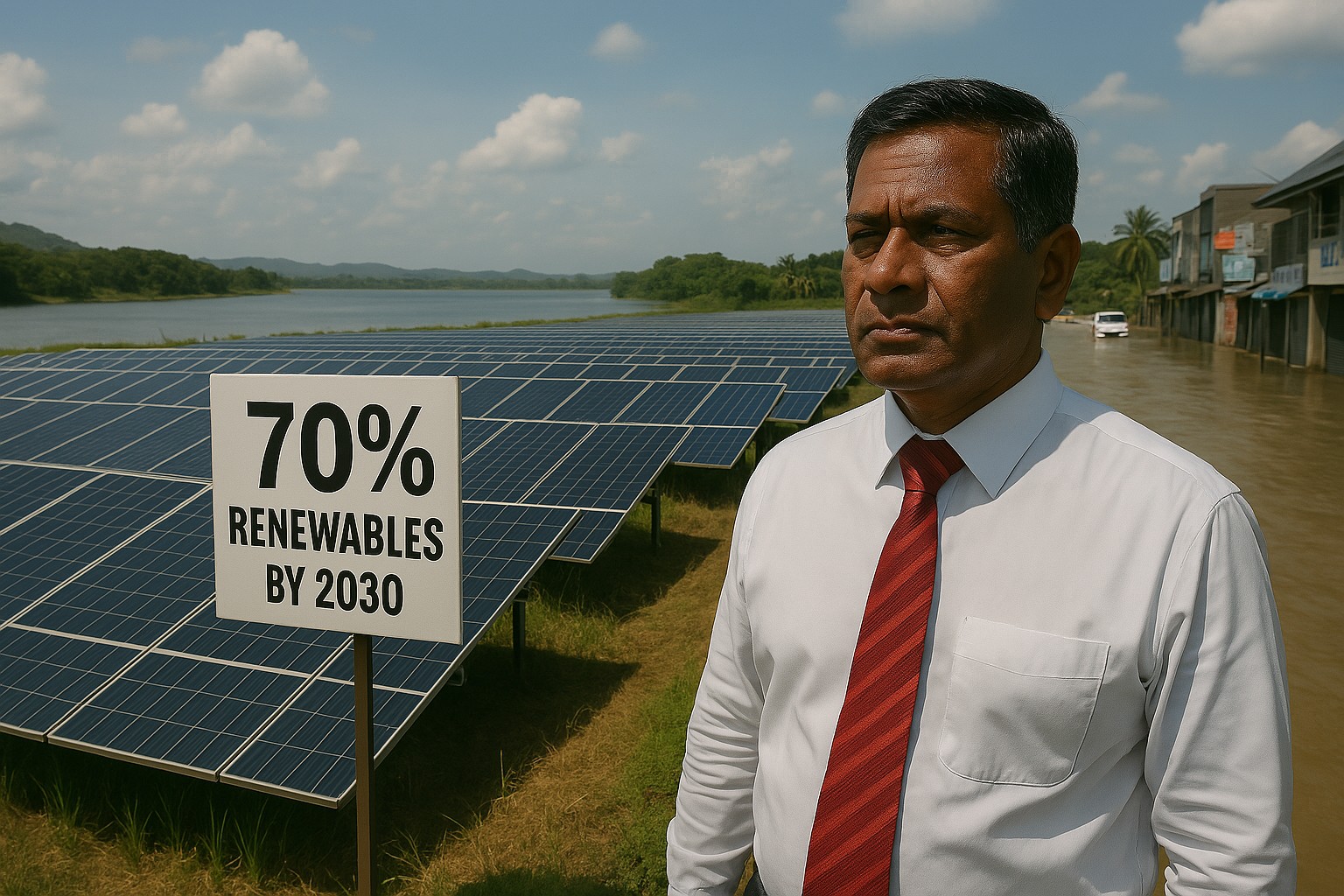
Sri Lanka is spearheading a regional energy transformation, announcing a sweeping partnership with the International Solar Alliance (ISA) to scale solar infrastructure across the Asia Pacific. The move comes amid rising fuel import costs and climate volatility, positioning solar not just as a sustainability solution—but as a strategic lever for economic independence.
🔋 Strategic Implications
- Energy Sovereignty: Sri Lanka’s push to generate 70% of electricity from renewables by 2030 directly challenges fossil fuel dependency and foreign energy entanglements.
- Regional Integration: Plans for a 285-km HVDC interconnection with India could create a cross-border energy corridor, lowering costs and enhancing grid stability.
- Private Sector Mobilization: The ISA’s new SIDS E-Procurement Platform, backed by the World Bank, aims to aggregate solar demand across island nations, standardise procurement, and unlock capital flows.
🧩 Key Developments
- Sri Lanka is piloting floating solar farms on inland reservoirs, reducing evaporation and maximizing unused water surfaces.
- Battery Energy Storage Systems (BESS) are being deployed to stabilize grid output during dry seasons and peak demand hours.
- ISA’s regional committee met in Colombo last week to finalize a technology roadmap and digitization strategy for solar scale-up.
Commentary
Analysts hail the pivot as a bold assertion of energy sovereignty, rejecting the “green aid dependency” model often pushed by Western institutions. “This isn’t about climate virtue-signaling,” said energy strategist Dr. Nalin Perera. “It’s about building a resilient, self-reliant economy that doesn’t buckle under oil price shocks or foreign policy whims.”




